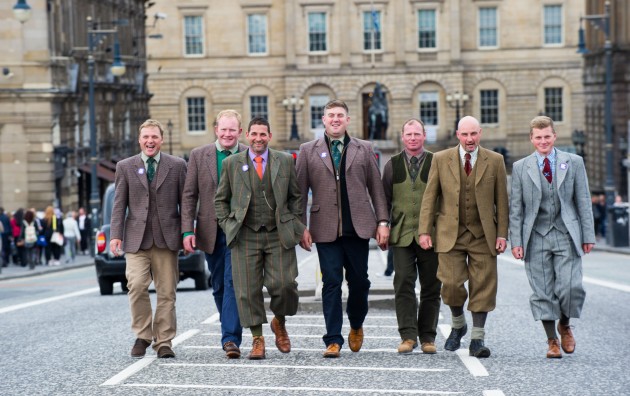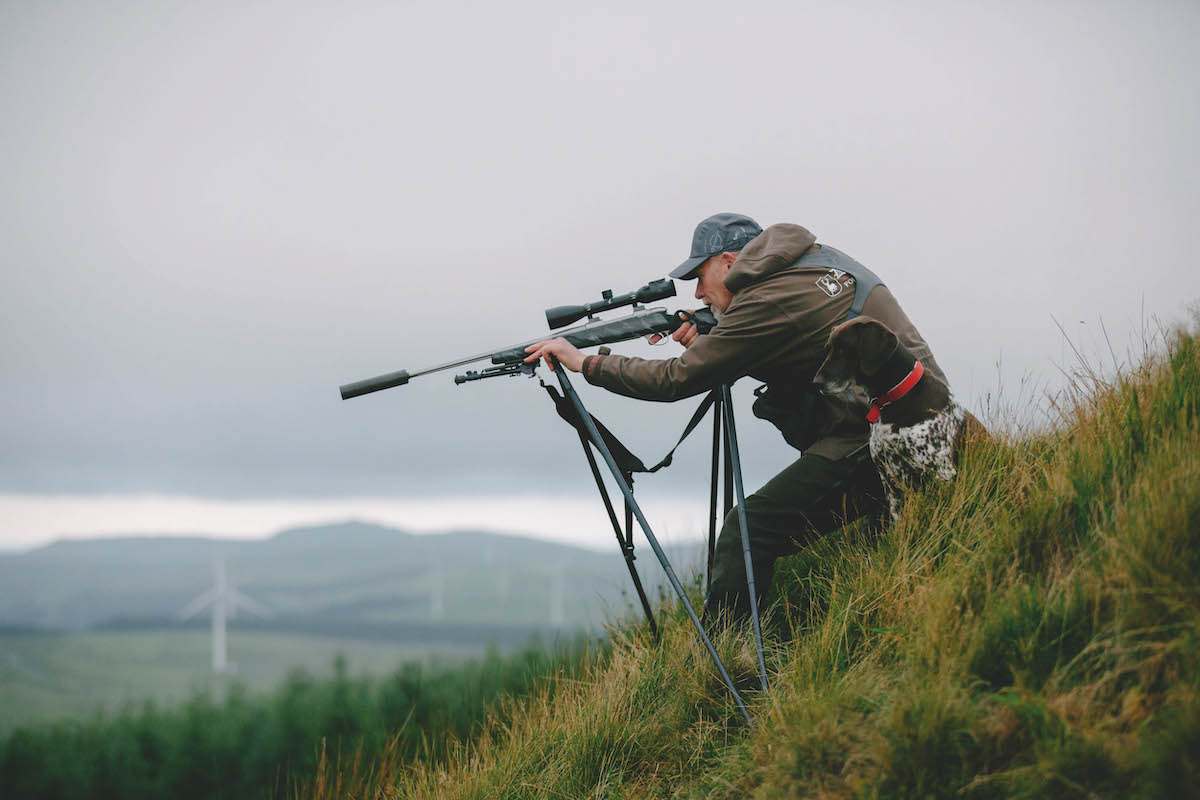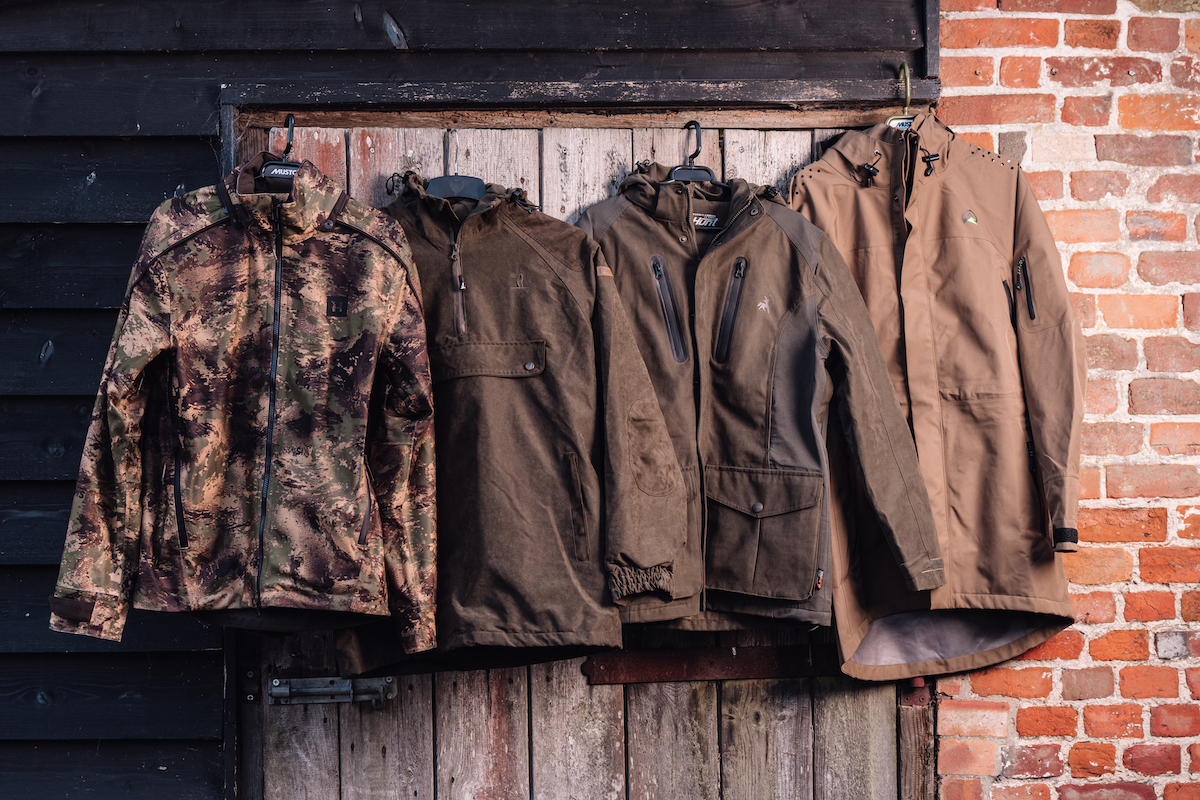How LOUD should your shooting tweeds be?
Should you blend in? Or express yourself?

Gamekeepers from the Angus Glens Moorland Group in Edinburgh
Shooting tweeds should shout for joy, says Ben Samuelson
There are a few fibs that we allow ourselves in shooting. The first is that we need big 4x4s. I spent many years driving to shoots in a TVR that only ever went off-road when I slid into a ditch. We buy swanky new shooting kit and discuss how waterproof our new coats are, how effective our new cartridges are and how comfortable our new boots are when, in reality, the old ones did the job perfectly well.
There is also a lot of fuss about the louder types of shooting tweeds. I must admit that my tweed is pretty muted but I don’t like the idea of the happiness police saying what people can and cannot wear, especially if it brings a bit of colour to the place. It also brings a lot of business to country sports tailors, such as the good people of Charles Campbell Bespoke. Without them, who would make me suits using, as their lining, a reprint of a Cold War-era RAF escape and evasion map of the Murmansk and Severodvinsk area of Northern Russia? (Read our list of best tweed shooting coats.)
The other welcome consequence of the acceptability of loud tweed is that the increasing number of women Guns can express themselves through their fabulous shooting outfits. Wouldn’t it be a shame if everyone’s tweed had to be woven from a low-key, mud-coloured warp with a sludge-coloured weft? I am lucky enough to shoot as the guest of two fabulous woman Shots, both of whom have joyfully bright tweed suits. They look utterly gorgeous, and I’m sure they’d admit that their enjoyment of the sport is all the greater for being able to have a bit of fun with the way they dress.
I’m not suggesting we dress like golfers (perish the thought), and there are probably times when one is out pigeon decoying that it’s not advisable to wear fuchsia, but, come on, there’s no need for frowny disapproval of a bit of cheerfully leery tweed.
Be discerning advises Giles Catchpole
In consideration of this important question I looked at the shooting tweeds offered by the Sutherland Sporting Tweeds Co of Lairg. It has a catalogue of a hundred or more fabrics. It also provides a design service so that the discerning client with a need for 60-odd yards of the stuff – which amounts to about a dozen suits, depending on the size of yourself and your family, staff or friends – can design his or her own pattern for the purpose. Which seems fair enough.
I have often asserted that tweeds should be of muted hue. I know some people assert deer cannot discern colour at all and birds have a limited palette, but if that is the case why do we bother to build a hide when setting out to decoy a pigeon? Why not just stand in a field in a white shirt or an orange kagoul and see how it goes?
If you are going to start your tweed from scratch I would be the last person to tell you how it should look because, traditionally, a chap’s estate tweed should reflect the chap’s estate. So if you live in a pink-washed Jacobean manor at the centre of a lavender farm surrounded by a rhododendron hedge of epic proportions and national importance then a pink and mauve hound’s-tooth with a scarlet overcheck may not look odd. But you are going to stand out a bit on a Hampshire Down and you should not be surprised if the partridges there go round you.
My view is that function outweighs form and a comfortable combination that moves well because of the fine weave and perfect cut executed by a master tailor, is warm and cool in equal measure and fits in everywhere will leave the more elaborate statement pieces for dead.
But some people simply can’t resist making a statement. I’m not going to rain on their parade. If you want to stand out from the crowd by wearing a tweed so lurid as almost to qualify as tartan, then be my guest. Or, rather, suit yourself. Always remember, however, that there should be a line firmly drawn at the matching hat. Only the staff wear livery.









